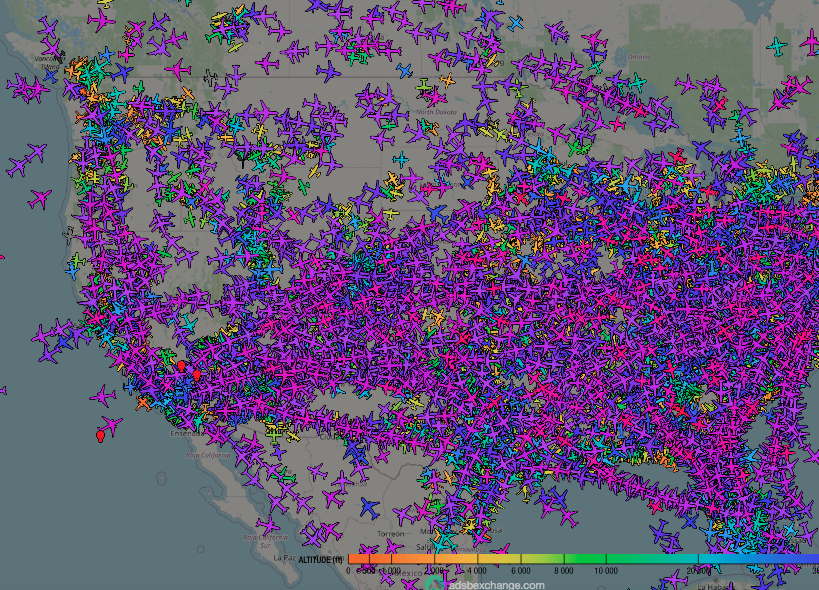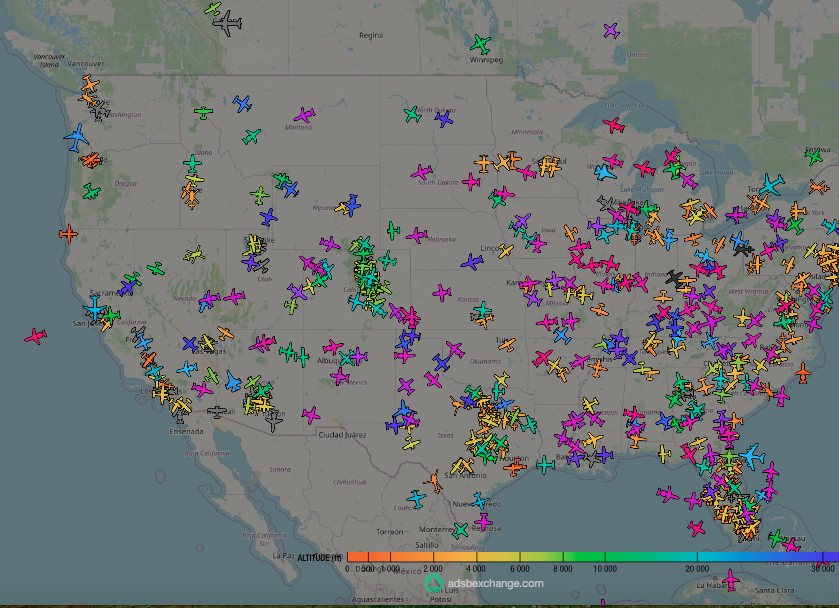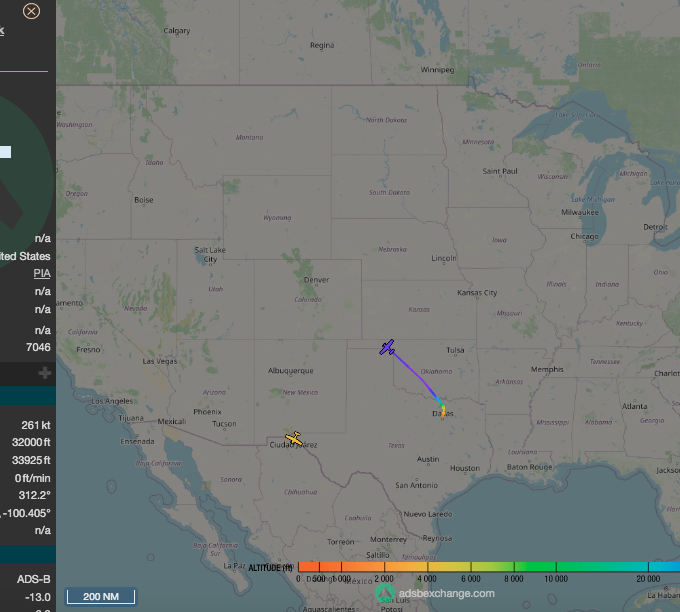Latest File Updates
August Update
Well the downloads page has been updated, all four of the downloadable files are now dated the 6th of August 2024 – providein a total of just over 730,000 records available for download. As normal the down load files are provided in a Comma Separated Valuses file, this can be loaded into any application capable of supporting the format – a good place to start are any of the spread sheet applications.
Over the next couple of weeks I intend to add a couple of files, these will be aditional to the existing Austalian and Canadian registers – where I intend to add the deregistered aircraft as far back as I can. Along with composite files covering surviving WWII aircraft, but these will take some time to create – it may be that I create some files of individual types first.
As usual the rules on the use of the data are free to use for personal use, but a mention of a donation would be nice if you’re going to post on your own site.
Support this site.
It does take some time and effort to create these downloads, also there are a number of costs associated with running the site. So if you can consider supporting this site with a donation it would be helpful, if you find the site useful then why not treat me to a doughnut – or even a doughnut and a coffee if you’re feeling really flush.
But regardless of whether you donate or not, I hope that the contents of the files are of some use, also bear in mind that the files are as dated in the bar graph on the down load page – I will try and produce a new data set every month or more frequently if time allows.
Please note these files are provided for personal use, if you want to use them for any other purpose or if you want to make them available through your own site – get in touch first.


